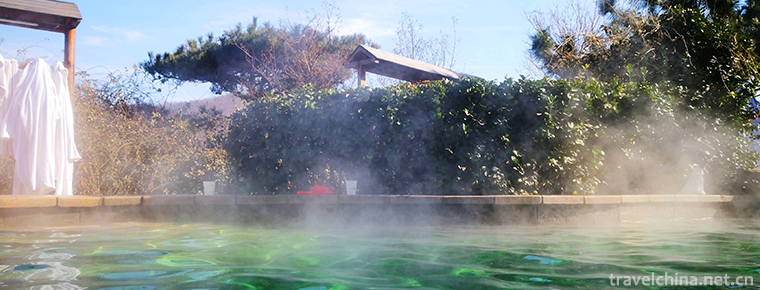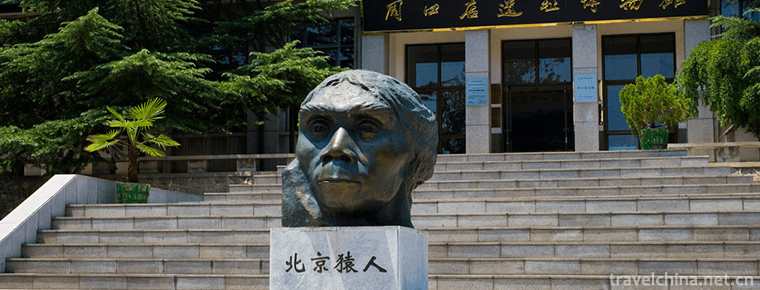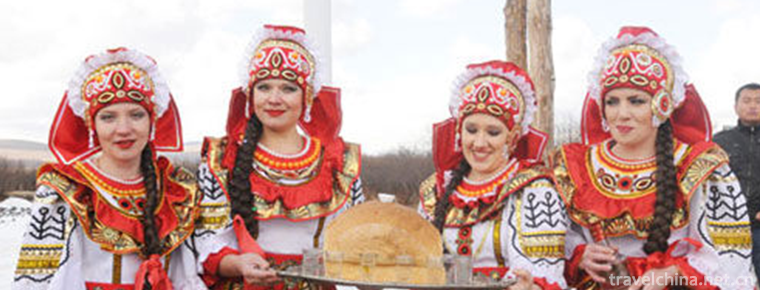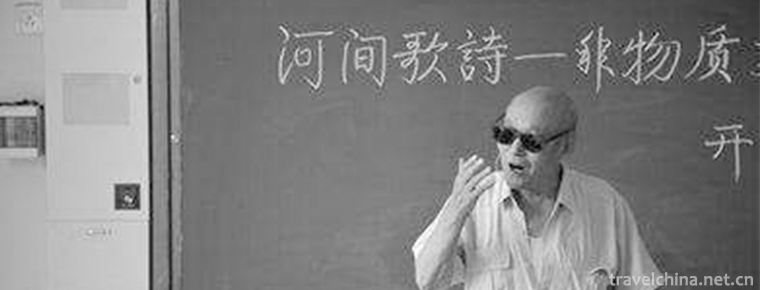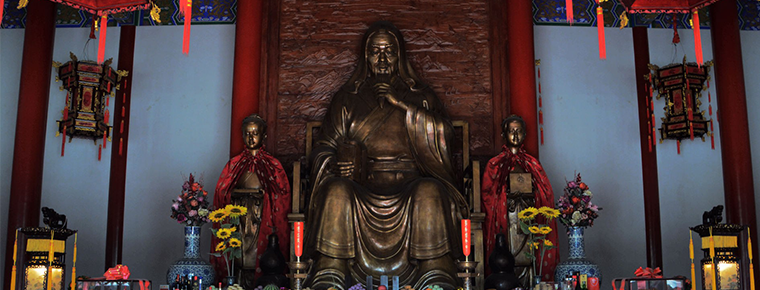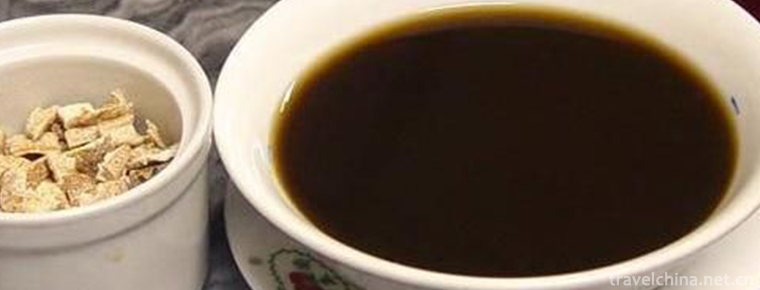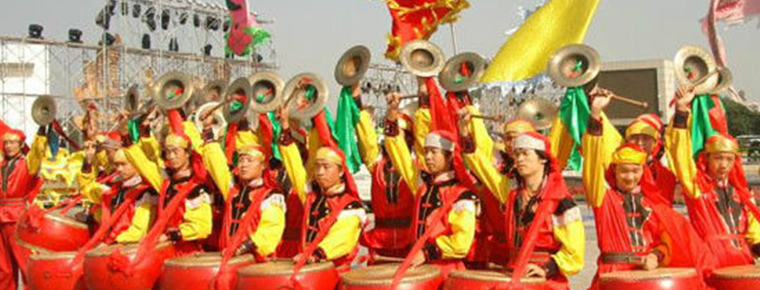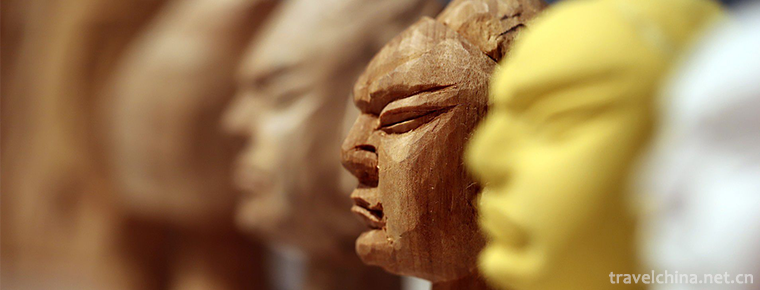The AncientCity of Ping Yao
The AncientCity of Ping Yao is located in Pingyao County, central Shanxi Province. It was founded in Xuanwang Period of Western Zhou Dynasty (827-782 BC).
Pingyao, Shanxi Province, is known as one of the "four most well-preserved ancient cities", and is also one of the only two ancient cities in China that have successfully declared the world cultural heritage with the whole ancient city.
In 2009, Pingyao Ancient Town was named the most complete ancient county in China by the World Records Association. On July 13, 2015, Pingyao Ancient City became a national 5A tourist attraction.
Pingyao Ancient City is an outstanding example of ancient Chinese cities in the Ming and Qing Dynasties. Pingyao Ancient City preserves all its characteristics. Moreover, in the course of the development of Chinese history, a complete picture of extraordinary cultural, social, economic and religious development has been presented. (UNESCO World Heritage Committee)
On November 19, 2017, he won the annual reputation Award for tourist destinations.
The first batch of national practical education bases for primary and secondary school students.
The ancient city of Pingyao was built during the reign of King Xuanwang of Zhou Dynasty from 827 B.C. to 782 B.C. and was garrisoned here by Yin Jifu, a general of the Western Zhou Dynasty.
The Spring and Autumn Period belonged to Jin State and the Warring States to Zhao State. Pingtao County in Qin Dynasty and Zhongdu County in Han Dynasty are the capital cities of clans and princes. The Northern Wei Dynasty was renamed Pingyao County.
In the early Ming Dynasty, the city wall was built to defend against the disturbance from the south by foreigners.
In the third year of Hongwu (1370 A.D.), the old wall was rebuilt and expanded, and bricks were wrapped in an all-round way. Since then, Jingtai, Zhengde, Jiajing, Longqing and Wanli dynasties have made ten repairs and repairs, renovated city buildings and added enemy platforms.
In the forty-third year of Kangxi (1703 A.D.), because the Emperor's Western Patrol passed through Pingyao, he built four-sided towers, which made the city more spectacular. The total circumference of Pingyao City Wall is 6163 meters, and its height is about 12 meters. Pingyao County Town with an area of about 2.25 square kilometers is divided into two different world styles.
On December 3, 1997, the 21th General Conference of the World Heritage Committee held by UNESCO in Naples, Italy, decided to include the ancient city of Pingyao as a whole in the World Heritage List. It is a physical specimen for the study of China's political, economic, cultural, artistic and religious development.
Pingyao County of Jinzhong City (112.19 degrees east longitude and 37.21 degrees north latitude) is located in the central part of Shanxi Province in northern China, the middle reaches of the Yellow River and the southwest of Taiyuan Basin in the eastern part of the Loess Plateau. It is 616 kilometers northeast of Beijing, 90 kilometers north of Taiyuan, 543 kilometers west of Xi'an, 758 kilometers east of Tianjin Port and 2390 kilometers south of Guangzhou Coast. Pingyao County covers a total area of 1260 square kilometers.
Climatic characteristics
Pingyao Ancient City is a temperate monsoon climate, with distinct seasons and abundant sunshine. Summer is hot and rainy, winter is cold and dry. July is the hottest month in a year, and January is the coldest. The precipitation varies greatly between years. The distribution is uneven in a year, mainly in June, July, August and September.
The ancient city of Pingyao has basically maintained its original pattern since the reconstruction of Hongwu in 1370 A.D. The key residential buildings in Pingyao City were built between 1840 and 1911 A.D. The layout of residential buildings is rigorous, the axis is clear, the left and right are symmetrical, the primary and secondary are distinct, the outline is fluctuant, the appearance is closed, the courtyard is deep. The exquisite wood carvings, brick carvings and stone carvings, together with the paper-cut windows and flowers with strong local flavor, are vivid and vivid. They embody the historical and cultural characteristics of the Han nationality around the 14th to 19th centuries A.D. and are of great importance to the study of the social formation, economic structure, military defense, religious beliefs, traditional ideas and ethics of this period. The form of residence has important reference value, and it is the most complete ancient residential community preserved in the Han nationality area so far.
In 1986, the State Council announced Pingyao as one of the second batch of national historic and cultural cities.
In December 1997, the whole ancient city successfully declared the world cultural heritage.
In September 1999, Pingyao County Tourism Bureau set up a separate column from Pingyao County Cultural Relics Tourism Bureau for the need of tourism development.
Since 2000, the activities of "I celebrate the New Year in Pingyao" and the Shanxi Business Society Fire Festival have gradually developed into a series of activities to celebrate the Spring Festival in Pingyao, which are held in Pingyao Ancient City from December 23 to January 16 every year.
In 2001, the first Pingyao International Photography Exhibition was held.
On November 19, 2007, Pingyao Ancient City was awarded the honorary title of "China's Best Leisure Tourism County" and "China's Top Ten Ancient Cities" by the Organizing Committee of China Tourism Forum.
In 2013, China's first large-scale situational experience performance project "See Pingyao again" was launched.
September 13, 2014, Shanxi Pingyao County Urban and Rural Planning Bureau in 2012 launched the first batch of hundreds of years of ancient residential renovation projects have entered the end stage. The government invested 67 million yuan to compensate the first batch of 48 private traditional dwellings for repairs, thus restoring the traditional style of the century-old dwellings. In 2014, the Planning Bureau launched the second batch of renovation projects for 39 households, which will be formally carried out after the renovation plan is finalized.
On July 13, 2015, Pingyao Ancient City was rated as a national 5A tourist attraction.
brand building
In 1986, Pingyao County was the second batch of famous historical and cultural cities in China, and Pingyao City was one of the four ancient cities in China.
In December 1997, one of the only two ancient counties in China that successfully declared the world cultural heritage with the whole ancient city.
In 2005, Pingyao International Photography Exhibition was awarded "China's Ten Most Influential Festival Events" by the International Federation of Festivals (IFEA).
On April 9, 2006, the Global Times selected Pingyao as one of the "50 places in China that are most worth visiting by foreigners".
On November 19, 2007, Pingyao Ancient City was awarded the honorary title of "China's Best Leisure Tourism County" and "China's Top Ten Ancient Cities" by the Organizing Committee of China Tourism Forum.
On December 14, 2007, Pingyao Ancient City was awarded the title of "National Tourist Card"
In 2009, Pingyao Ancient City was honored as the most complete ancient county in China by the World Records Association.
The New York Times ranked Pingyao as the world's 41 best places to visit in 2011.
In 2012, "Pingyao Year of China" was awarded two national honors, the "Top Ten Festival Events in China in 2012" and the "China Convention and Exhibition Industry Annual Award".
On November 6, 2013, the world's top 100 high-priced tourist destinations list was officially released in 2014. Pingyao Ancient City ranked in the top 10, ranking eighth in the world.
On November 12, 2013, the 4th China's most desirable place was awarded one of the 20 "most desirable places in China" by China Tourism Television Association.
On January 8, 2014, the 2nd International Chinese Media Award was announced recently. Pingyao Ancient City was honored as China's top ten charming small cities.
On April 17, 2014, the 2nd China Cultural Tourism Brand Building and Development Summit was selected as "China Cultural Tourism Famous Scenic Spot" .
On July 13, 2015, Pingyao Ancient City became a national 5A tourist attraction.
On November 17, 2017, Pingyao Ancient Town was rated as the top ten ancient villages and towns favored by netizens in 2017.
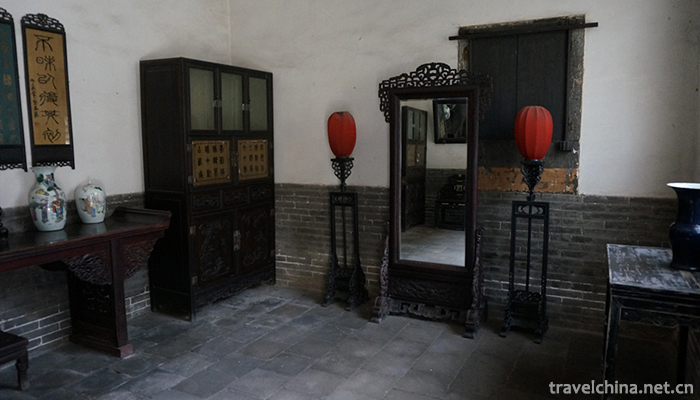
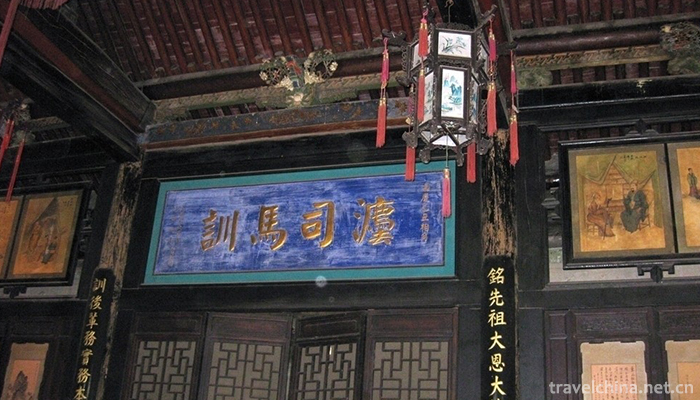
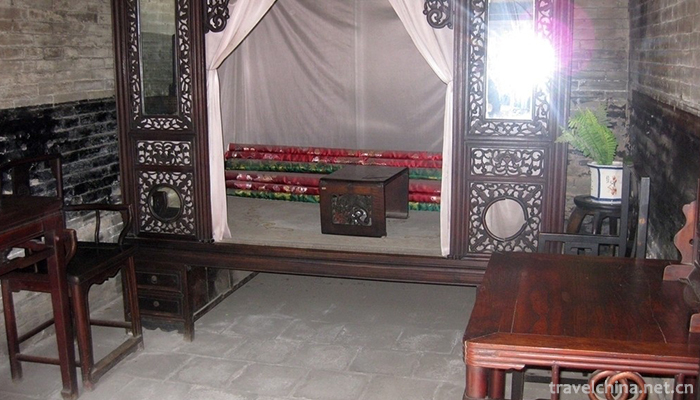
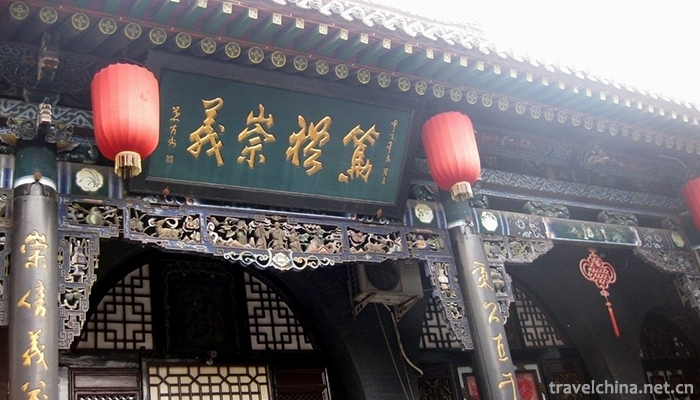
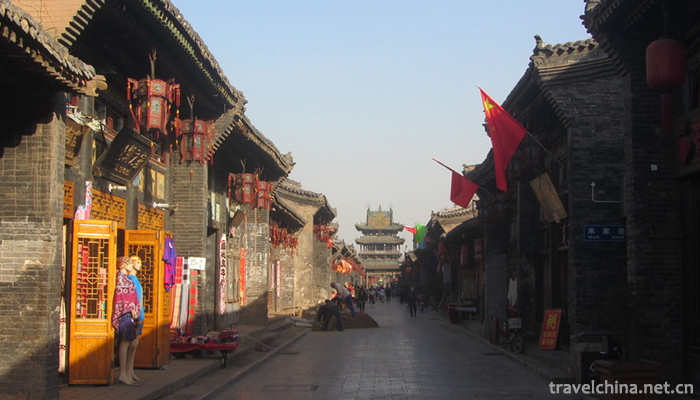

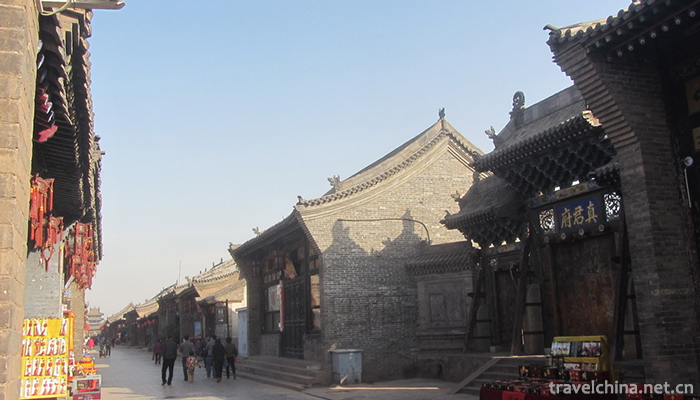
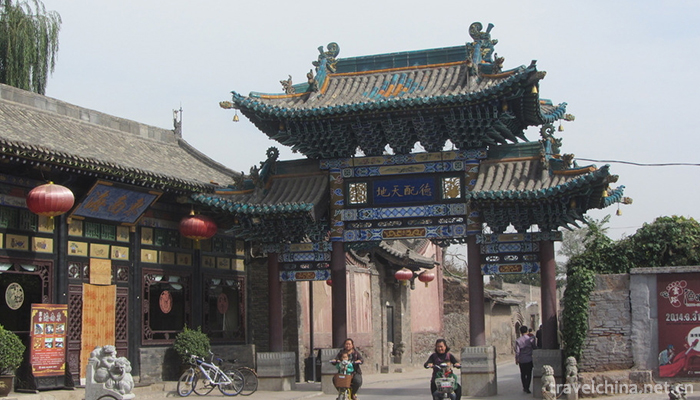
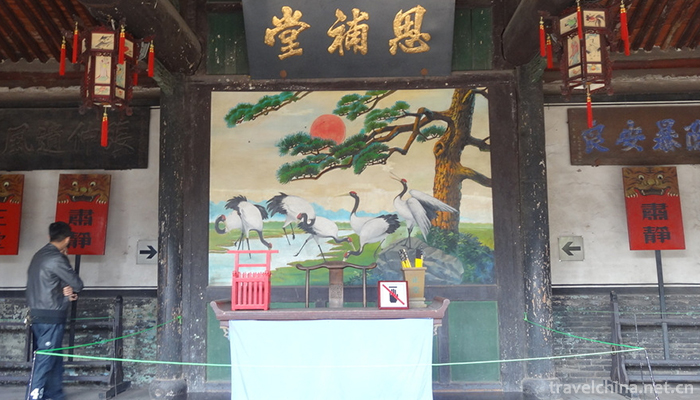

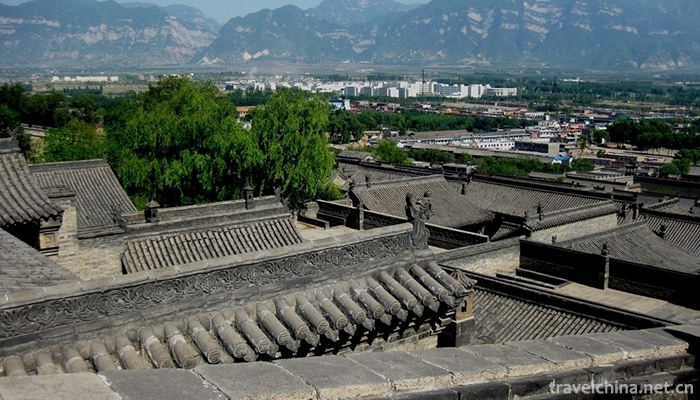
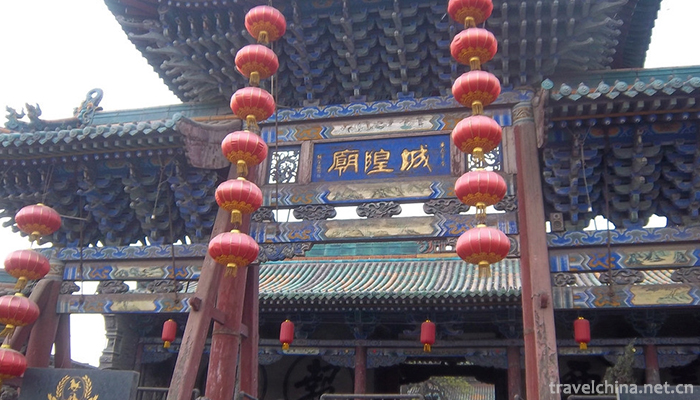

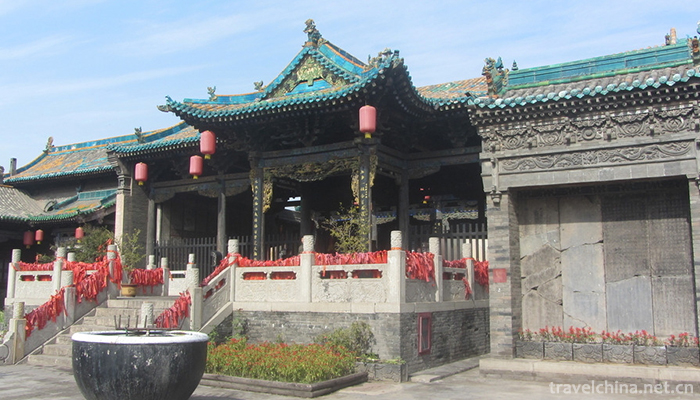
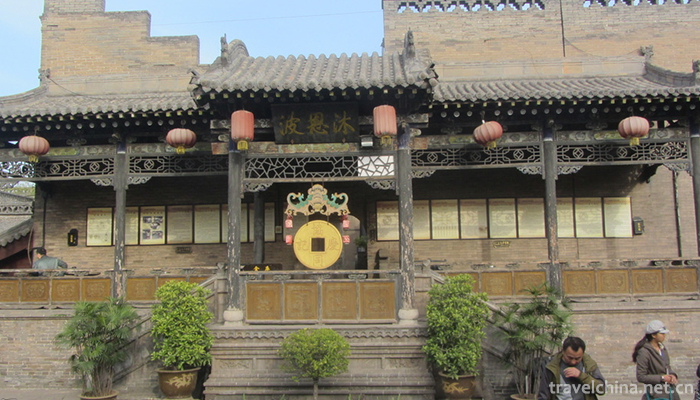
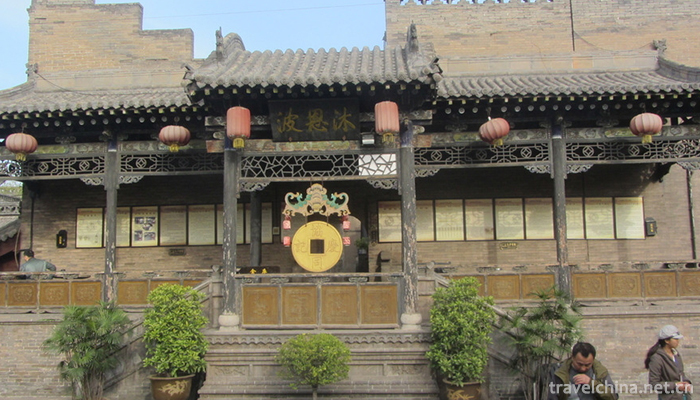

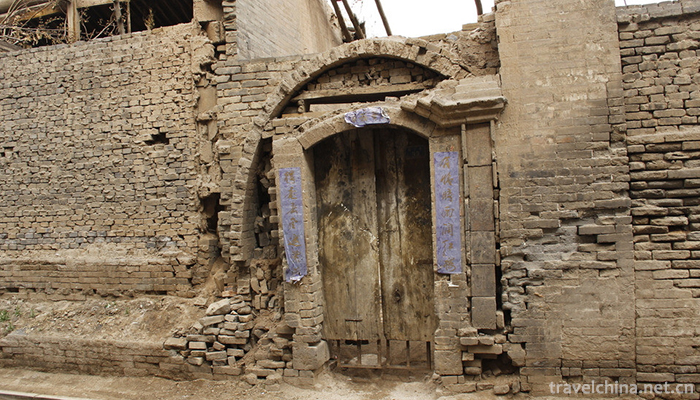
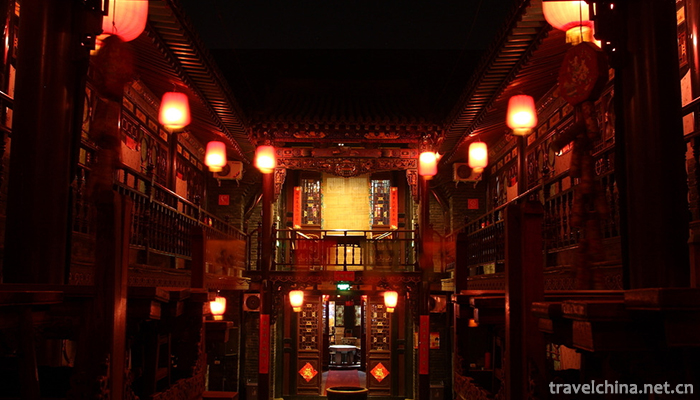
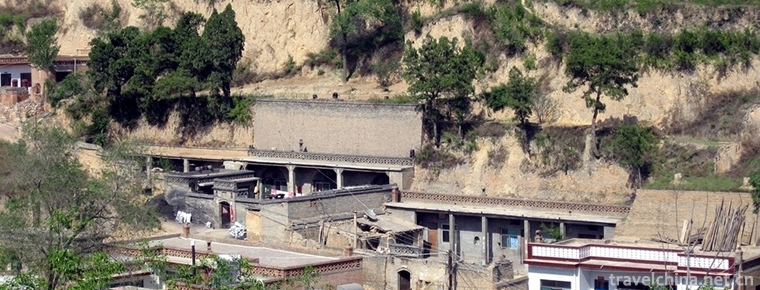
The AncientCity of Ping Yao
-
Dunhua Liudingshan Cultural Tourist Area
Dunhua Liudingshan Cultural Tourist Area is located in the South Bank of Mudanjiang River, 3 kilometers south suburb of Dunhua City
Views: 173 Time 2018-12-05 -
Yellow River Grand Canyon
The Yellow River Grand Canyon is located in Qingtongxia Town, Wuzhong City, Ningxia. It is 20 kilometers away from Wuzhong City. It is a scenic spot of the Yellow River Canyon composed
Views: 188 Time 2019-01-18 -
Taishan Hot Spring City
Taishan Hot Spring City Cultural Tourism Scenic Spot is invested and constructed by Shandong Taishan Hot Spring Tourism Development Co., Ltd. with a total investment of 2.6 billion yuan
Views: 154 Time 2019-02-13 -
Overhanging Great Wall
The hanging wall of the Great Wall is located on the northern slope of the Heishan Mountains on the north side of Shiguan Gorge, 8 kilometers north of Jiayuguan City
Views: 187 Time 2019-02-26 -
Peking Man Site at Zhoukoudian
Zhoukoudian Peking Man Site, located in Longgu Mountain, Fangshan District, Beijing, is an important Paleolithic site in China. Since 1927, three complete skulls and some remnants have been found in t
Views: 135 Time 2019-03-20 -
Russian Basque Festival
"Russian Basque Festival" is an important traditional festival of the Russian people in Erguna, Inner Mongolia, no less than the Han Spring Festival. Every year during the period from late A
Views: 285 Time 2019-04-28 -
Hejian song poem
Hejian Song and Poetry, Hejian City, Hebei Province, local traditional folk literature, one of the national intangible cultural heritage.
Views: 122 Time 2019-05-02 -
Hu Yiyang Legend
Hu Yiyang (about 1639-1718) is a good prime minister. He is a native of Liuting Village, Renhua Township, Moxian County (now Liuting Street, Chengyang District, Qingdao City).
Views: 172 Time 2019-05-03 -
Herbal tea
Herbal tea is the general name of traditional Chinese herbal medicinal plant beverage. Guangdong herbal tea is the representative of traditional Chinese herbal tea culture. Herbal tea is a kind of bev
Views: 215 Time 2019-05-13 -
Gong and Drum Art
Gong and drum art can be roughly divided into Yunsheng Gong and drum, Zhongzhou big drum, Ezhou brand gong, Xiaohe Gong and drum, Hanggu flying gong, Changshan battle drum, Taiyuan Gong and drum, Liji
Views: 382 Time 2019-05-15 -
Puppet Head Sculpture
Zhangzhou puppet head carving is a traditional folk arts and crafts in Zhangzhou City, Fujian Province. It belongs to a special skill in the production of puppet stage props. Zhangzhou puppet head car
Views: 139 Time 2019-06-06 -
Education in Luzhou
In 2017, the construction area of the completed school buildings in Luzhou city was 842500 square meters; 670 million yuan of tuition free, financial aid, and nutrition lunch program was arranged to subsidize students with financial difficulties from families, and 79747 students with financial
Views: 372 Time 2020-12-14


